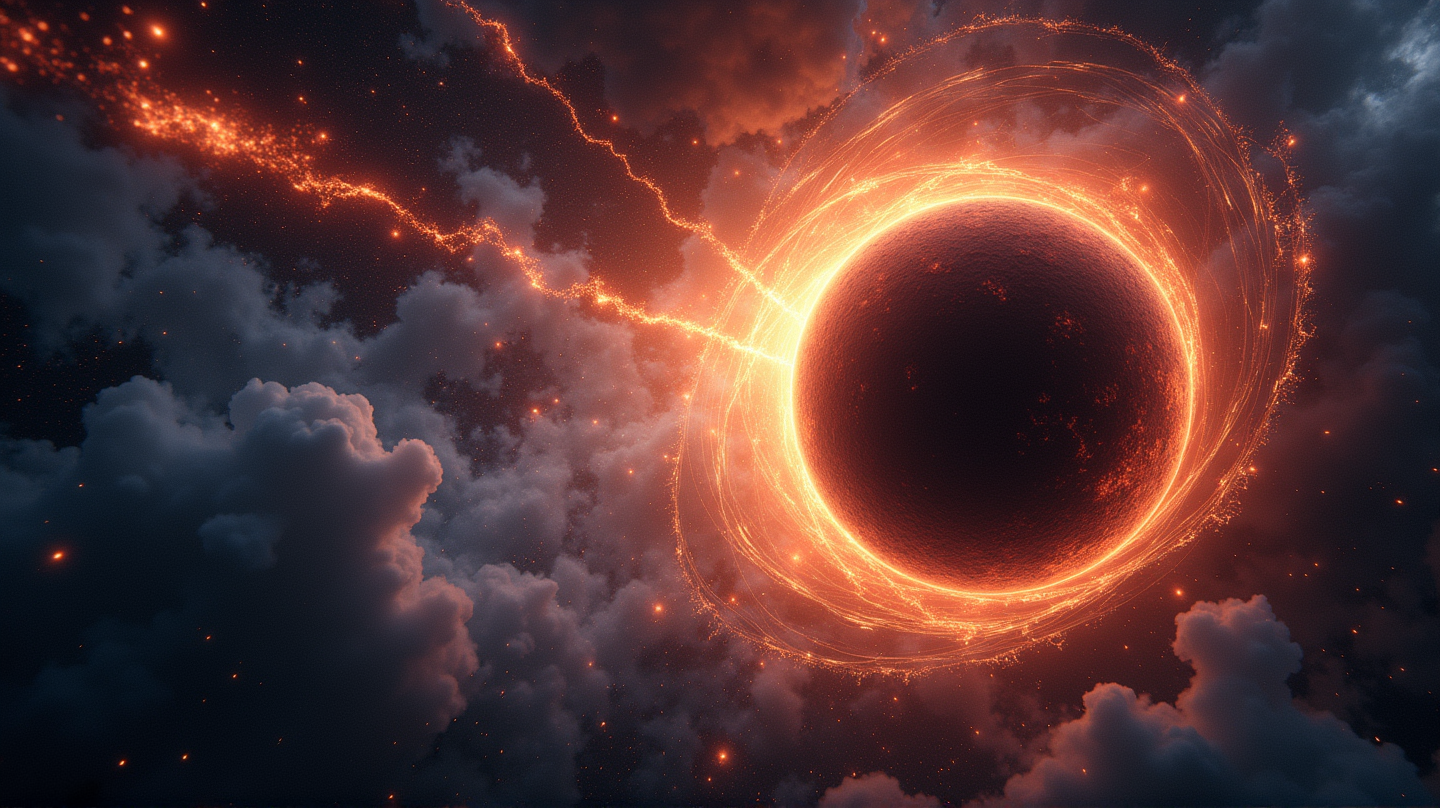Monumental Black Hole Merger Signals a New Era in Space Exploration
The LIGO-Virgo-KAGRA Collaboration unearths a record-breaking black hole merger, propelling the quest for groundbreaking gravitational-wave discoveries.

Breaking Records in Gravitational-Wave Science
On November 23, 2023, the LIGO-Virgo-KAGRA (LVK) Collaboration marked a groundbreaking moment in astrophysics with the observation of GW231123, the most massive black hole merger ever documented via gravitational waves. Leveraging cutting-edge technology at U.S. National Science Foundation-funded LIGO Hanford and Livingston Observatories, scientists unveil a cosmic phenomenon where two black holes, each more than 100 times the sun’s mass, collided to form a staggering black hole 240 times the mass of our Sun. According to Nanowerk, this discovery is not only a testament to technological advances but also a window into uncharted realms of space science.
The Dawn of Intermediate-Mass Black Holes
The formation of this intermediate-mass black hole stands as a landmark achievement, reshaping our understanding of black hole genesis. Dr. Amit Singh Ubhi, from the University of Birmingham, emphasizes that this milestone galvanizes efforts in the pursuit of next-generation gravitational-wave detectors. The emergence of such intermediate black holes, which challenge current models of stellar evolution, invites deeper inquiries into cosmic births and the complexities of black hole hierarchies.
Defying Astronomical Boundaries
The black holes engaged in GW231123 weren’t just massive; they were spinning nearly at the limits proposed by Einstein’s theories, rotating at a speed matching about 400,000 times that of Earth. This discovery pushes the boundaries set by conventional astronomy, suggesting an intricate history of prior black hole mergers and complex gravitational interactions. Dr. Panagiota Kolitsidou notes this poses exciting challenges for existing astrophysical models, potentially revolutionizing our comprehension of binary systems.
Analyzing the Unfathomable
The meticulous data analysis by the team at the University of Birmingham reveals a treasure trove of celestial information once cloaked in gravitational waves. Advanced modeling techniques capture the intricate dynamics of this merger, offering a glimpse at cosmic events previously concealed from human understanding. As Dr. Gregorio Carullo reflects, unraveling GW231123’s signal is a venture that promises years of investigative trails, pushing the scientific community into a new domain of interstellar exploration.
Heralding a New Epoch
With over 100 black-hole mergers observed, GW231123 sets a new benchmark in megascience. The cosmic ballet not only underscores humanity’s progress in gravitational-wave astronomy but also paves the way for unforeseen cosmic revelations. As researchers delve deeper into the realms of gravitational waves, the anticipated complexities of space signal an era of unparalleled discovery and awe.
The extraordinary nature of this merger, coupled with its weight and spin, portends an exciting future for astrophysics, exploring the universe’s deepest and yet most enigmatic corridors.

